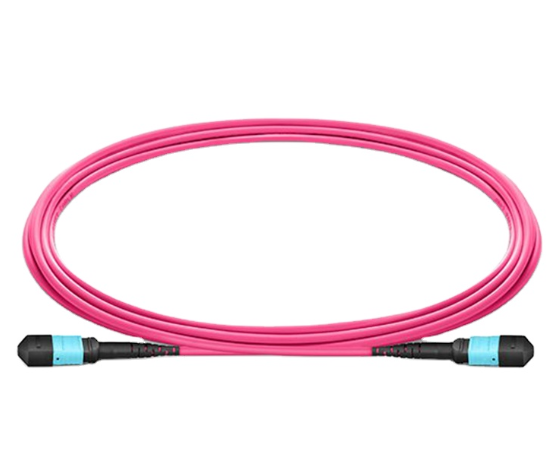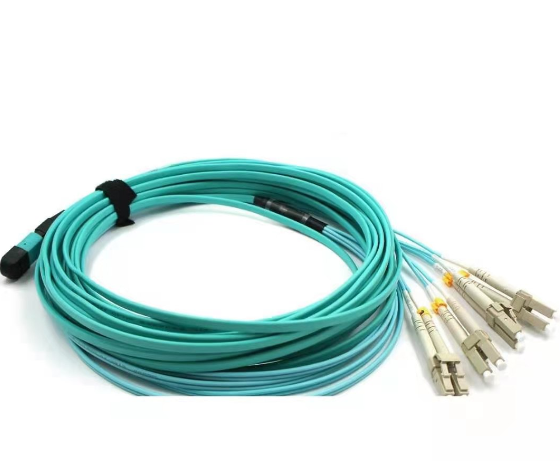How to determine the number of cores required when using fiber optic?
The number of fiber cores is mainly related to the device interface of the fiber connection and the communication mode of the device. Generally speaking, the number of optical cores in an optical fiber is the total number of device interfaces multiplied by 2, plus 10% to 20% of the spare number. If the device's communication mode includes serial communication and device multiplexing, then Can reduce the number of cores.
According to the IBDN standard, it is generally recommended to use 12 cores for communication rooms in each building and 24 cores for building rooms. Of course, this is a general situation, and it can be considered as follows:

1. First, clearly understand the number of wiring points, and calculate the number of switches, whether the connections between switches are stacking or not stacking.
→ Stacking: If the core switch is dual-system hot standby (all working at the same time), 6 cores are sufficient (2 cores each use 2 cores, and 2 cores are redundant).
→No stacking: One switch needs 4 cores, how many switches multiply by 4 plus 4-core redundancy.

2. In general, there are several terminals that require several cores. However, redundancy will be considered during the design and construction of the actual scheme. Therefore, each terminal will use two cores. If the cost is considered, the entire line can also be redundant with 1-2 cores. For example, if you have three optical fiber access switches, you need There are three cores (four cores are actually used), because there are basically no optical cables with an odd number of cores except for one fiber, such as three cores, five cores, etc. Of course, it is not absolute that one optical core can only be connected to one terminal device. , It is also possible to connect multiple terminals in series on one optical core, but this requires multiple fusion splicing, which results in large light attenuation and cannot achieve long-distance transmission.
3. it is also necessary to consider multi-mode and single-mode multi-mode. An optical core can transmit multiple channels of data at the same time, while single-mode can only transmit one channel of data at the same time. Therefore, the quality and distance of single-mode transmission are better than those of multi-mode. It is mostly used for long-distance outdoor transmission.
4. Know how many systems will use optical fiber, such as a certain optical node, and the application system has network and monitoring. Among them, the network only needs one route, which occupies 2 fibers; there are 4 channels for monitoring, which occupies 1 fiber. A total of 3 fibers are required from the computer room to the optical node. The optical cable design is a 6-core optical cable from the machine room to the optical node, of which 3 cores are redundant. From cost considerations, to build a single-mode optical cable is actually to pull a 6-core single-mode optical cable to the optical node.
Contact: Andy Huang
Phone: 0086-755-89239407
E-mail: sales@beskco.com
Add: No.3106,Longgang Avenue,Pidi Town, Longgang District, Shenzhen China
We chat